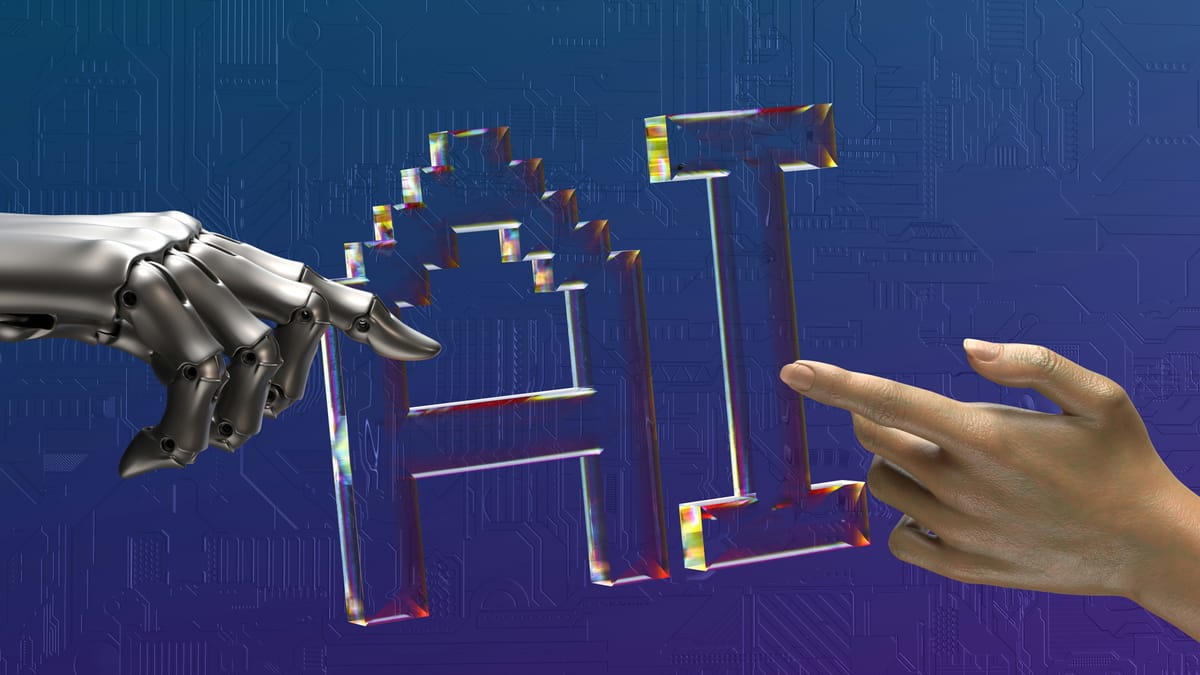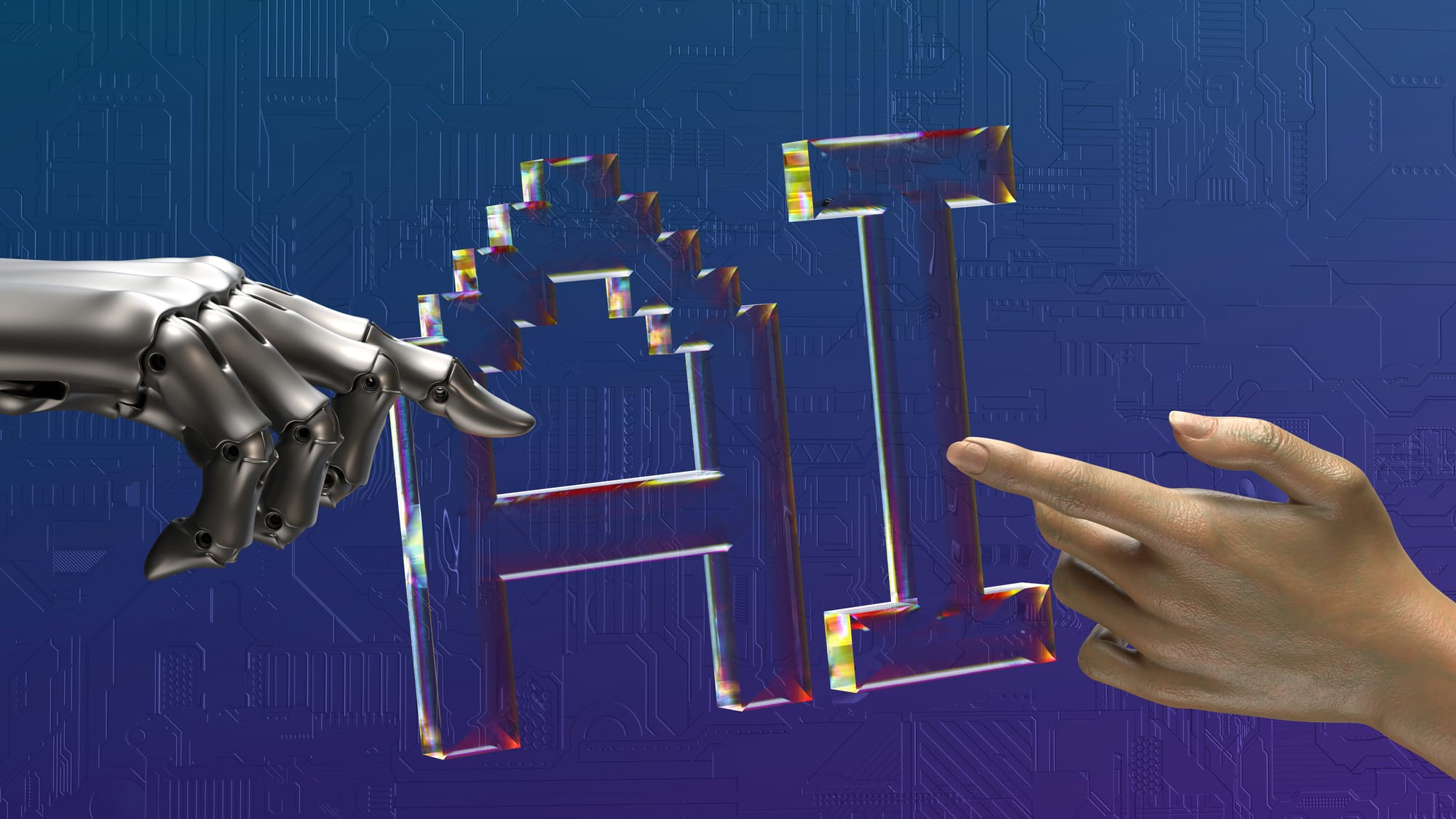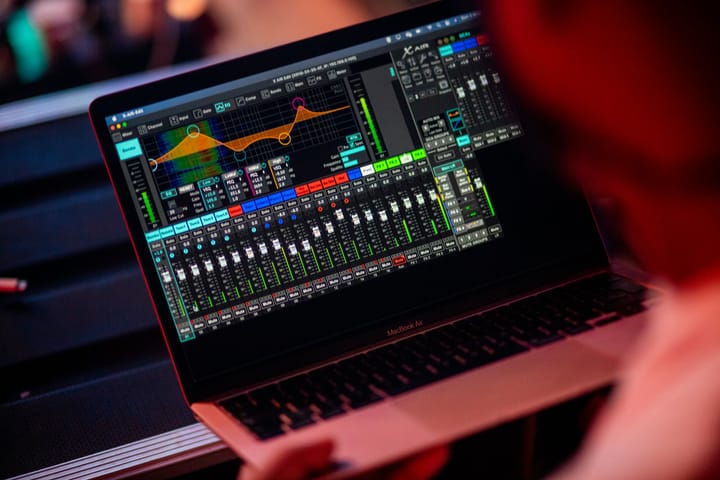Pros and Cons of AI Video Editing
Discover how AI video editing can save you time and effort, improve efficiency, and provide creative suggestions.


Key Takeaways:
- AI video editing saves time, improves efficiency, and offers creative suggestions, making it an invaluable tool for editors.
- However, it lacks the human touch, has limited customization, and may introduce errors.
- Alternatives include traditional editing, outsourcing, or blending AI with human oversight for optimal results.
What Are the Pros of AI Video Editing?
1. Saves Time and Effort
AI significantly cuts down editing time, allowing creators to focus more on storytelling. By automating tasks like color correction and audio syncing, editors can streamline the post-production process.
2. Improves Efficiency and Accuracy
AI tools automate repetitive tasks, leading to greater precision. Whether it’s adjusting sound or correcting visuals, AI enhances workflow accuracy, reducing errors that manual processes might overlook.
3. Provides Creative Suggestions
AI video platforms, such as Magisto, offer new creative ideas and formats, especially for social media. This allows content creators to experiment with styles they may not have previously considered.
4. Reduces Costs
AI editing tools reduce the need for large production teams, saving costs. For businesses or individual creators, this can translate into more affordable video production without compromising quality.
What Are the Cons of AI Video Editing?
1. Lack of Human Touch
AI editing lacks the emotional intelligence that human editors bring. Crafting a compelling narrative or evoking emotions still requires human intervention.
2. Limited Customization Options
AI relies on pre-set algorithms, limiting creative control. Some tools offer plug-ins to expand customization, but full creative freedom remains a challenge.
3. Potential for Errors
While efficient, AI tools can introduce errors. Human oversight is necessary to catch mistakes and ensure the final product is polished.
4. High Initial Investment
The initial cost of AI video tools and training can be prohibitive. For smaller creators or businesses, this can represent a significant financial burden.
How Can AI Video Editing Be Used Effectively?
1. Understanding Capabilities and Limitations
Know what AI can do and its limits. AI is excellent at automating technical tasks but doesn’t replace the need for human judgment in more creative aspects.
2. Choosing the Right AI Video Editing Software
Pick software that fits your workflow. Compatibility, ease of use, and available features are crucial when selecting an AI tool.
3. Training and Monitoring the AI System
Regular training ensures the AI adapts to evolving trends. Monitoring its performance is vital to make sure it works seamlessly with human editors.
For further insights on AI video editing pros and cons, also refer to this guide.
Frequently Asked Questions
What are the pros of using AI video editing?
AI editing automates tasks, improves precision, and saves time, making the editing process more efficient.
What are the cons of AI video editing?
AI lacks the creativity and emotional depth that human editors bring, and its reliance on algorithms limits customization.
How does AI video editing impact the job market for human editors?
AI reduces the demand for manual editing but creates new opportunities for editors to specialize in AI-assisted workflows.
Can AI video editing replace human editors entirely?
No, AI lacks creativity and emotional intelligence, making human editors indispensable for storytelling.
Are there any ethical concerns surrounding AI video editing?
Yes, particularly regarding deepfakes and video manipulation, which raise issues about consent, privacy, and misinformation.
How can creators ensure the ethical use of AI in video editing?
Creators should be transparent about their use of AI, avoid manipulation, and verify the authenticity of their content.
Conclusion
AI video editing is undeniably transforming the landscape of video production by offering time-saving solutions, improving efficiency, and providing creative possibilities. However, it also comes with its own set of challenges, such as limited customization options and the lack of a human touch.
By carefully selecting the right tools and understanding the limitations, AI can complement the editing process, helping creators produce high-quality content faster and more efficiently.
For those interested in exploring the latest advancements in AI video editing tools, check out these internal resources: Top 7 Must-Know AI Tools of 2024 for Content Creators and Idomoo AI: Lucas Generate a Short Video in Seconds.
Also, don't forget to check out Vimerse. Vimerse is a video editing agency for content creators and marketing agencies. We offer fast video editing at a price you'll love. We edit videos for YouTubers & Tiktokers with 10M+ subscribers. Get the best video editing services and grow your channel.


